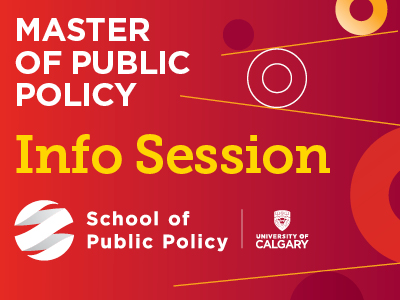The risks and rewards of Canada’s new trade offensive

Andrei Sulzenko is a former Canadian trade negotiator and is currently an Executive Fellow at the School of Public Policy, University of Calgary.
Well, the gloves are off – and maybe the helmets too. Only this time it’s not hockey. It’s trade negotiations. Let’s hope our Canadian players are good at both games.
Last month, Canada launched an unprecedented complaint at the World Trade Organization (WTO), the current governing body for international trade rules started 70 years ago under the General Agreement on Tariffs and Trade (GATT), of which the U.S. and Canada were founding members.
Canada’s complaint was made public on Jan. 10. It is about the United States’ long-standing protectionist, and therefore illegal, interpretation of the WTO rules on the implementation of anti-dumping and countervailing duties. Those now-detailed rules have been updated periodically over the years, precisely because of each party’s considerable administrative discretion in applying them. Cases have been frequently litigated in the WTO and, alternatively for Canada, under the North American free-trade agreement.
Canada’s complaint is unprecedented because it claims systematic, unfair application of the rules by successive U.S. Administrations in favour of domestic interests, not just against Canada, but about 35 other WTO members.
The annexes to the complaint list almost 200 anti-dumping and countervailing duty cases undertaken by the U.S. over many years. About 80 of the cases cited involve products from China. After that, the number of cases drops down to about 10 each for India, Japan, South Korea, Italy, and Canada (mostly versions of the multiyear softwood lumber dispute). Mexico is involved in only five.
The U.S. Administration was quick to react to Canada’s complaint, with its Trade Representative, Robert Lighthizer, quoted as saying it would go against Canada’s interests, even if we succeeded, because it would precipitate a flood of Chinese and other imports into the U.S. market where we also compete.
Is that the best he could do? That now-typical response by the Trump administration, invoking “groundless claims” and firing back against critics, smacks of a desperate attempt at creating an alternative-facts narrative.
In reality, Canada has spearheaded a multilateral attack on a protectionist American trade remedy system, shortly before President Donald Trump is scheduled to go to the annual globalist gabfest in Davos, Switzerland. They will have lots to talk about.
Aside from the short-term satisfaction of poking the bully in the eye, is this move in Canada’s best interests? Only time will tell, but let’s look at the pros and cons.
On the assumption that the U.S. side is looking for an excuse to pull the plug on NAFTA negotiations, (which might be precipitated now as a fit of pique rather than a fancy negotiating tactic), this initiative helps reinforce Canada’s insistence on fair and impartial oversight of trade rules. It’s not just Canada that’s being hurt by U.S. protectionism, and we will have demonstrated the need for both NAFTA and WTO sanctioned policing.
It will also remind Canadians that the real backstop for trade rules is the WTO, and we will not spare any effort to fight for our trade rights, hopefully with support from like-minded countries.
Thirdly, it will put Canada back into a leadership position on international trade issues – a point of some sharp criticism in the recent past by key Asian trading partners.
Finally, it may actually shake up the NAFTA negotiations in a positive rather than negative way, showing that we have come to play hard and fight if necessary, while putting a new variable on the table to be potentially traded away (after all, the first step in the WTO adjudication process is consultations, likely involving multiple parties).
With respect to the potential cons, the big risk is that the bully may just double down rather than take a reflective pause and start to get real about renegotiating NAFTA. This is the more likely response from the current incumbent in the White House.
Therefore, launching Canada’s trade challenge in the WTO increases the likelihood of U.S. notice of withdrawal from NAFTA; and even if that does not happen in the coming days, it will probably serve to make an already hostile stand-off on key issues even more acrimonious, poisoning the well across the board.
The bottom line in all this is that the Canadian attack on the U.S. through the WTO is a high-risk gambit only if the U.S. is bluffing about withdrawal from NAFTA and is merely using it as an amateurish tactic to facilitate a one-sided deal. In these circumstances, pride and anger may turn that bluff into a real outcome.
On the other hand, if the U.S. is actually planning to orchestrate notice of withdrawal, Canada’s move is positive in the short term with regard to our domestic politics, and may even be helpful in the longer term as the NAFTA process careens around the fractious U.S. political system. As an American famously said, “it ain’t over till it’s over.”
Source: The Globe and Mail


